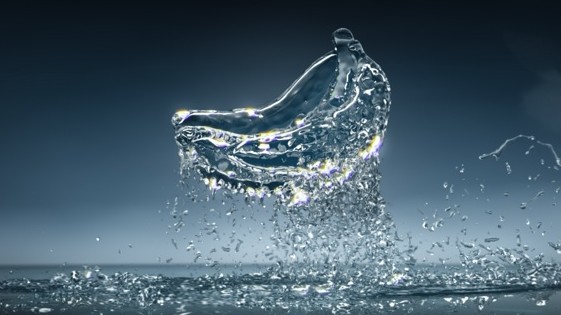New rheological research has created fluid viscosity in which the viscous resistance to shear disappears. Researchers at University Paris-Sud in France employed swimming bacteria and organized them to push past the dissipative effects of viscous loss to create a “superfluidlike” suspension.
The collectively organized “pusher swimmers” may be harvested to power tiny mechanical devices such as microfluid pumps, the researchers believe.
Paris-Sud’s Hector Lopez and his team studied fluid-bacteria mixtures, measuring their viscosity within a container that applied shear stress with a rotating outer wall.
They found that the use of swimming E. coli bacteria reduced the viscosity for low to moderate stress values. But when the team energized the E. coli with extra nutrients — “doping” them, as the researchers referred to it — the E. coli’s heightened swimming activity created below-zero viscosity similar to the viscosity of superfluids like liquid helium.
The secret to this swimming success is in the organization of organisms that force fluid to flow out from their tails. When their efforts are aligned collectively, their bulk “push” contributes to the velocity gradient of their liquid environment.
The report, “Turning Bacteria Suspensions into Superfluids,” was completed by Dr. Héctor Matías López, Jérémie Gachelin, Carine Douarche, Harold Auradou, and Eric Clément and published in Physical Review Letters.
By Sid Douglas
[youtube id=”WE7GD0YIsYM” align=”center” mode=”normal” autoplay=”no” maxwidth=”600″]
